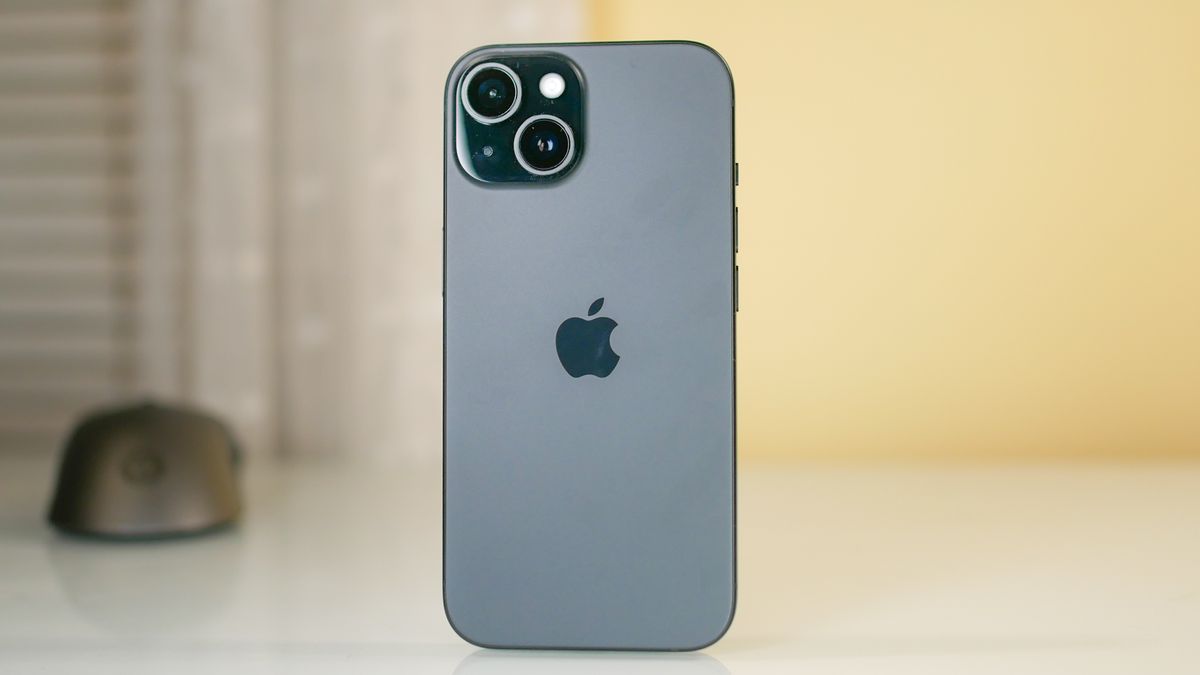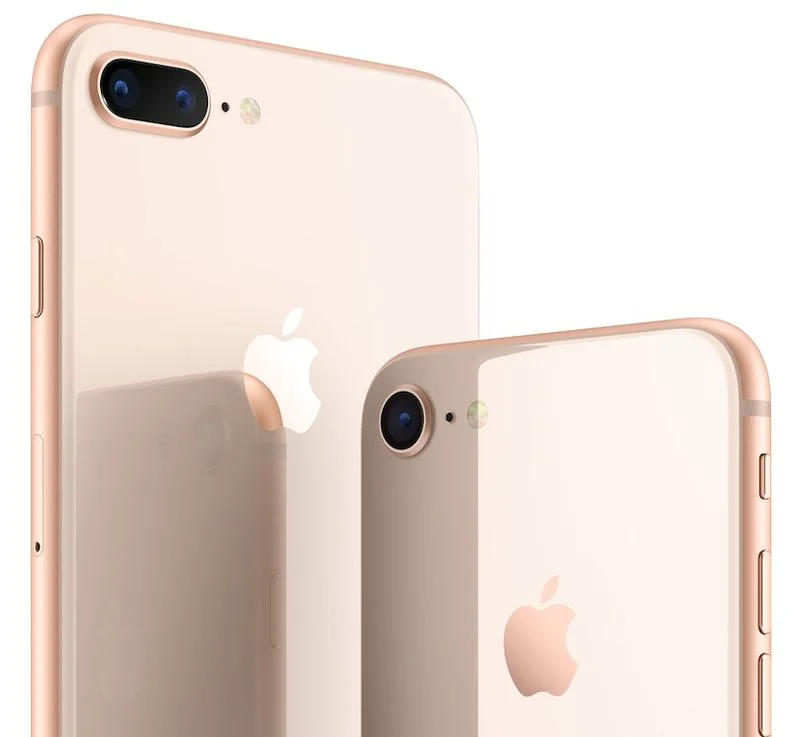The brain of your iPhone is its central processing unit (CPU), and knowing which processor is inside your device can be crucial for various reasons—whether for assessing performance capabilities or compatibility with updates and applications. Apple’s lineup of processors, starting from the early A-series to the latest iterations, have powered the evolution of iPhones, making each model more efficient and powerful than the last. This guide will help you identify your iPhone’s CPU, understand its importance, and make the most out of its capabilities.
Identifying Your iPhone’s CPU
Determining which CPU is in your iPhone can seem daunting, but there are simple ways to find this information. Knowing your CPU model is the first step in unlocking your iPhone’s potential.
Checking iPhone Specifications
The most straightforward method to identify your iPhone’s CPU is to check the specifications. You can find detailed information about your device’s processor on Apple’s official website or by searching your iPhone model online. The specifications will list the type of A-series chip your device is using.
Using System Information Apps
For a more in-depth look at your CPU and system, you can use third-party apps designed to provide detailed information about your iPhone’s hardware. Apps like Lirum Device Info Lite and CPU Identifier are available on the App Store and can give you a comprehensive breakdown of your processor’s specifications, performance, and more.

Understanding the Role of the CPU in Your iPhone
The CPU is responsible for executing tasks and running both system software and applications. It plays a pivotal role in how well your iPhone performs day-to-day activities.
Impact on Performance and Battery Life
Different CPU models have varying levels of performance and efficiency. Newer CPUs generally provide faster processing speeds and better energy management, leading to improved battery life and smoother operation. Identifying which CPU your iPhone has can help you understand its performance limitations and battery usage patterns.
Compatibility with iOS and Apps
Some iOS features and apps may require specific processor capabilities to function correctly. Knowing your CPU model can help you determine whether your iPhone will support the latest iOS updates or demanding applications without issues.

Maximizing Your iPhone’s Performance
Once you know what CPU your iPhone has, you can take steps to ensure you are getting the most out of your device’s performance capabilities.
Keeping iOS Updated
Apple frequently releases iOS updates that optimize system performance for different CPUs. Make sure your iPhone is running the latest iOS version compatible with your processor to benefit from these enhancements.
Managing Apps and Workload
Understanding your CPU’s limitations can help you better manage the apps and workload you put on your iPhone. Avoid running too many resource-intensive apps simultaneously if you have an older CPU model that might struggle with heavy multitasking.

Future-Proofing Your iPhone Usage
Knowing your iPhone’s CPU can also be useful when you’re planning for the future. Whether you’re considering upgrading or just want to extend the life of your current device, your processor plays a crucial role.
Evaluating Upgrade Needs
If you’re finding that your iPhone’s performance is lacking, it might be due to an older CPU that can’t keep up with the latest software and app demands. Identifying your processor will let you know if it’s time to consider upgrading to a newer model with a more powerful CPU.
Taking Care of Your Device
To ensure that your iPhone and its CPU last as long as possible, it’s essential to practice good device maintenance. This includes not overloading the processor, keeping the device cool, and avoiding activities that may cause the CPU to throttle or degrade over time.

Leveraging CPU Capabilities for Advanced Users
For users who like to push their devices to the limit, knowing the specifics of your iPhone’s CPU can help you tailor your usage to exploit its full potential. Advanced users may want to experiment with various settings and apps that can leverage the processing power available to them.
Customizing Performance Settings
While iOS does not offer as much customization as other operating systems, there are still ways you can optimize performance. Adjusting settings such as background app refresh and location services can ensure that your CPU’s power is focused on the tasks you prioritize. Advanced users may also use shortcuts and automation to streamline tasks, making efficient use of the CPU’s capabilities.
Selecting Resource-Intensive Applications Wisely
Being aware of your CPU’s performance bracket can guide you in choosing resource-intensive applications, such as high-definition video editing software or graphics-heavy games. You’ll know which apps will run smoothly on your device and which might strain your processor, helping you to avoid potential slowdowns and crashes.

The Importance of CPU in Future iOS Development
As Apple continues to innovate with each new iPhone release, the CPU remains a key focus for improvements. Understanding the trends in CPU development can give insights into what future capabilities might be available for iPhone users.
Anticipating Technological Advancements
By following the evolution of iPhone CPUs, from the early A-series chips to the ultramodern ones with neural engines, users can anticipate the types of applications and features that may become commonplace. This foresight can inform decisions about when to upgrade and which model to choose based on the expected lifespan and performance trajectory of the CPU within.
Leveraging CPU Knowledge
Knowing your iPhone’s CPU is more than just technical trivia—it’s a window into understanding your device’s capabilities and limitations. By identifying your processor and taking steps to maximize performance, you can enhance your overall iPhone experience.
Empowerment Through Information
Equipped with the knowledge of your iPhone’s CPU, you are better prepared to make informed decisions about app usage, updates, and potential upgrades. You can troubleshoot performance issues more effectively and anticipate how your device will handle future iOS features.
Longevity and Satisfaction
Ultimately, the goal is to achieve a balance between performance and longevity. By knowing your iPhone’s CPU and how to manage it, you can ensure that your device serves you well for the longest time possible, providing a satisfying and reliable user experience. Whether you’re a power user or someone who uses their iPhone for basic tasks, understanding the heart of your device—the CPU—can significantly impact how you use and enjoy your technology.
